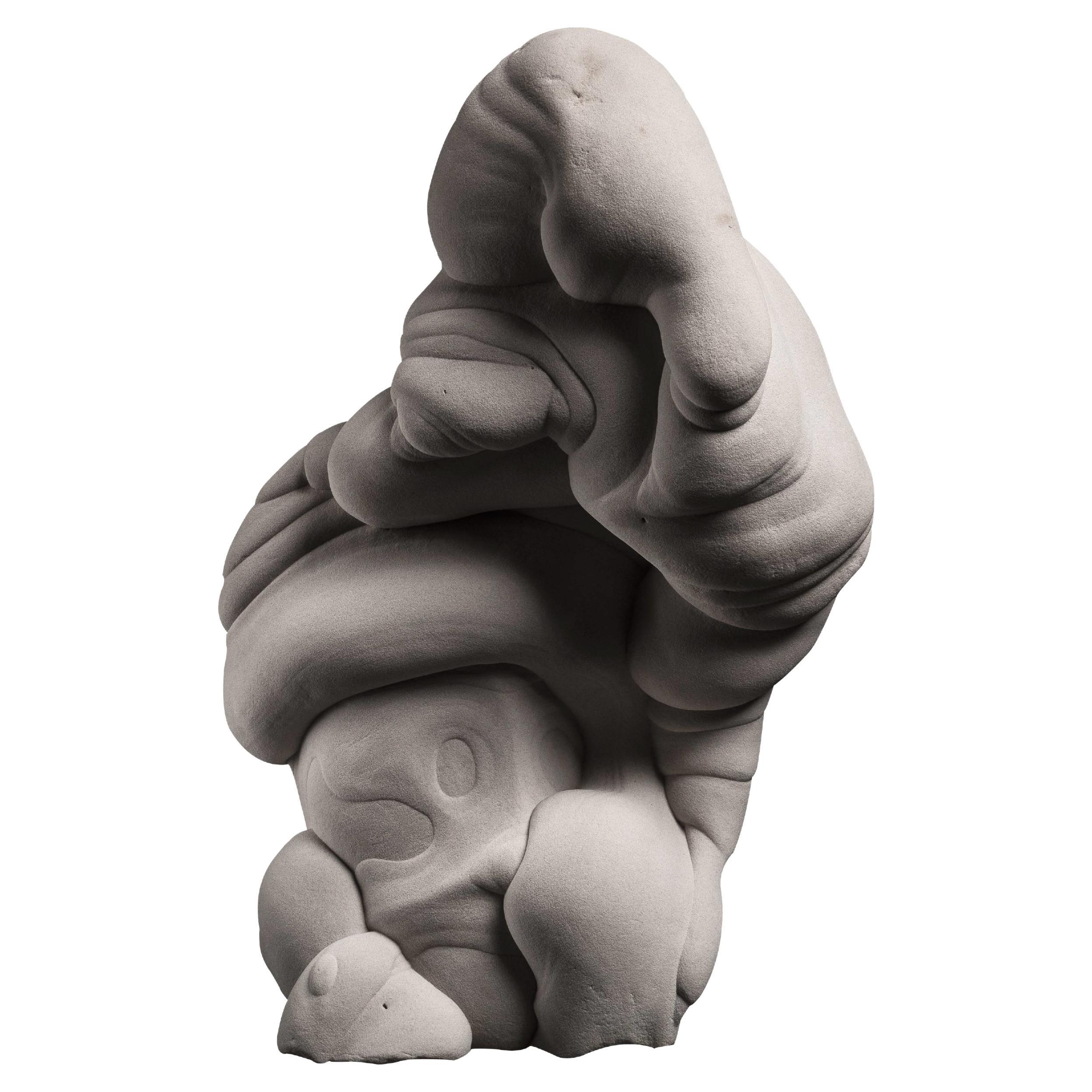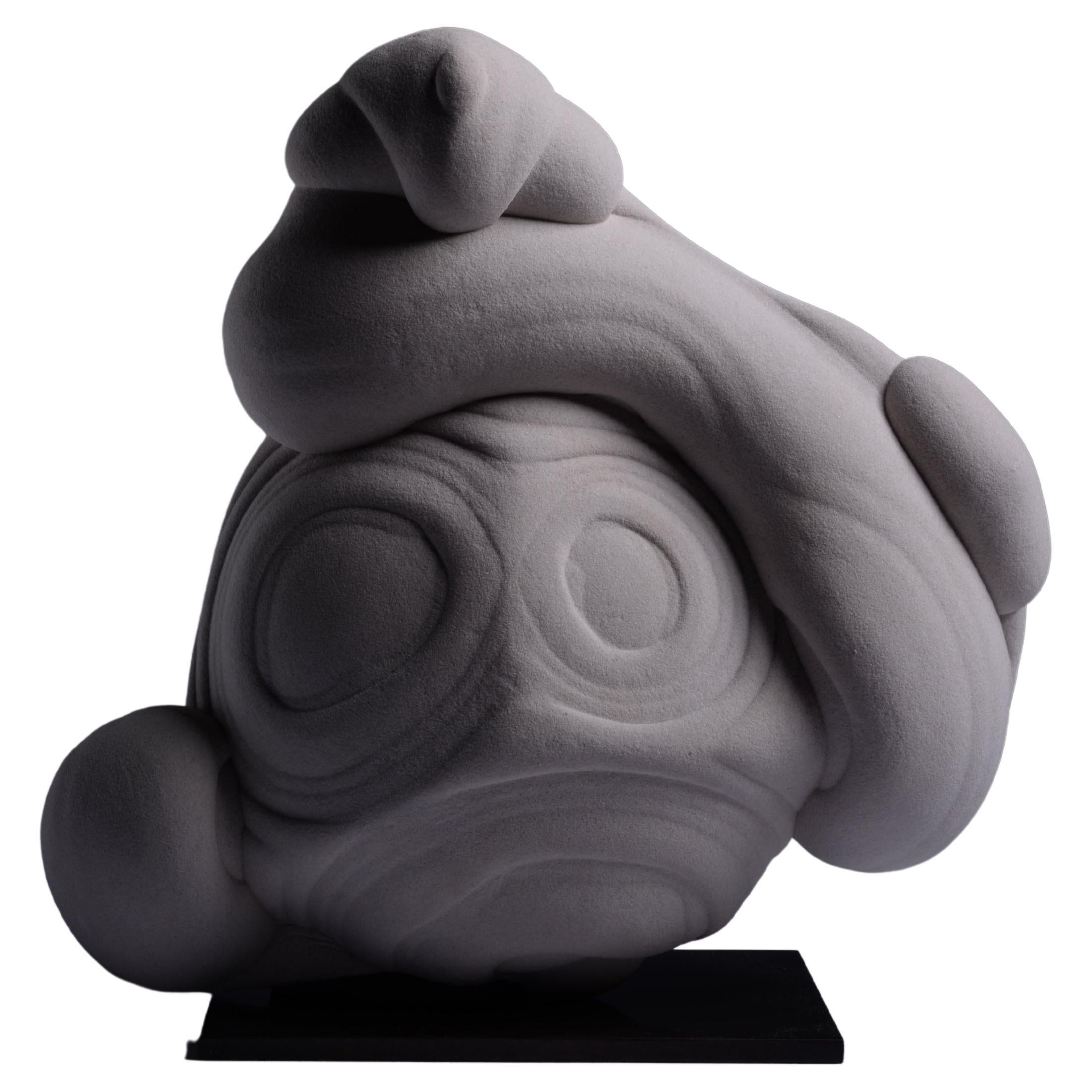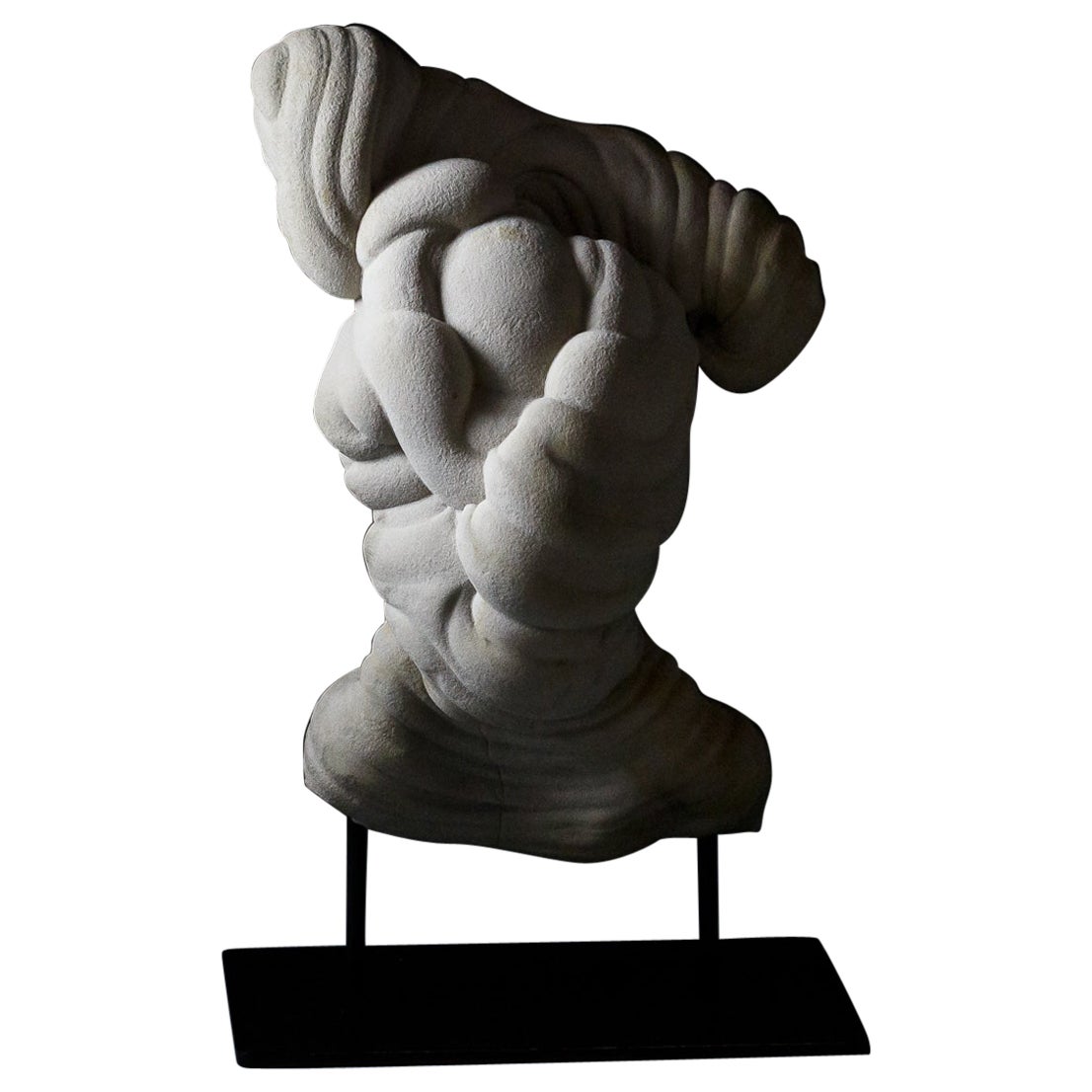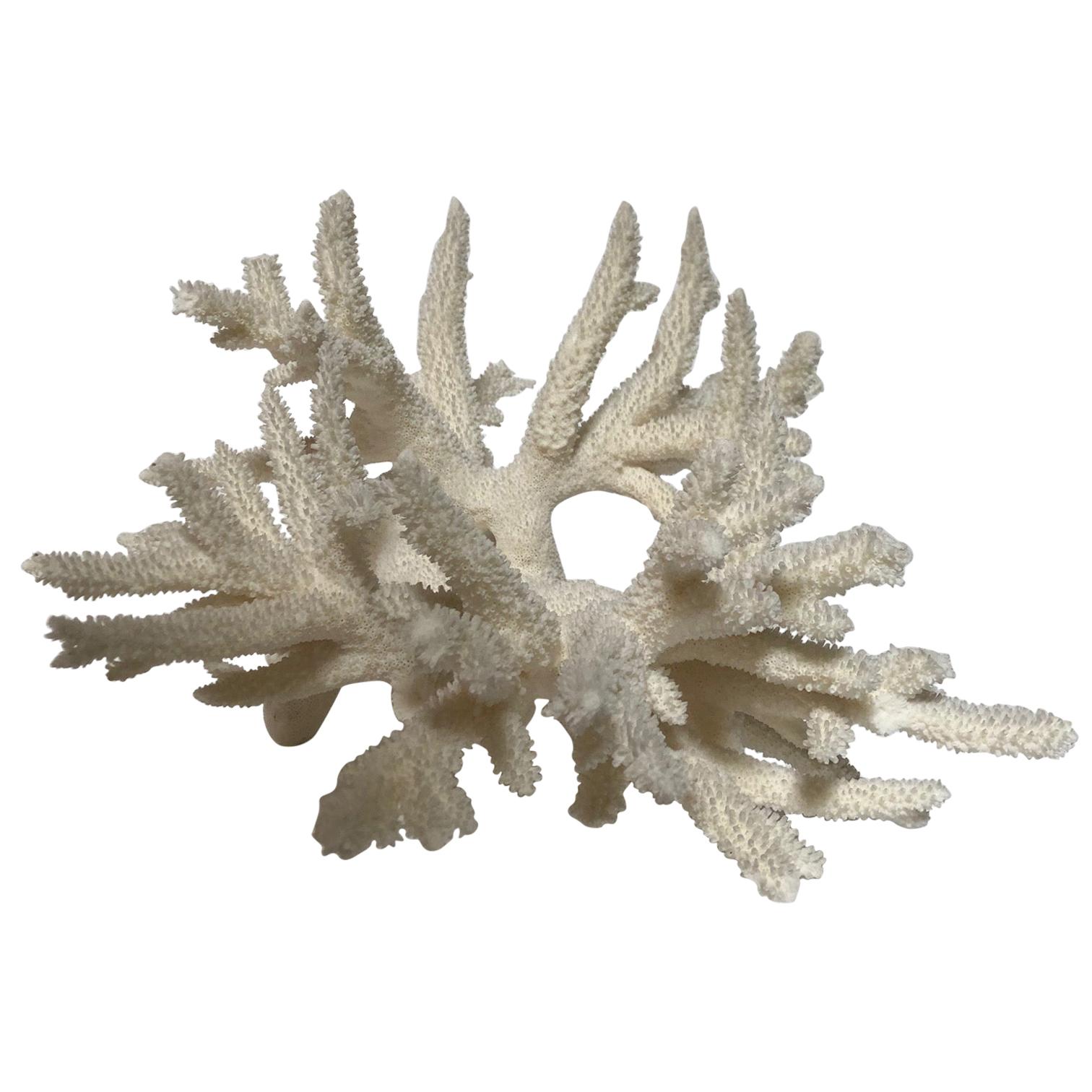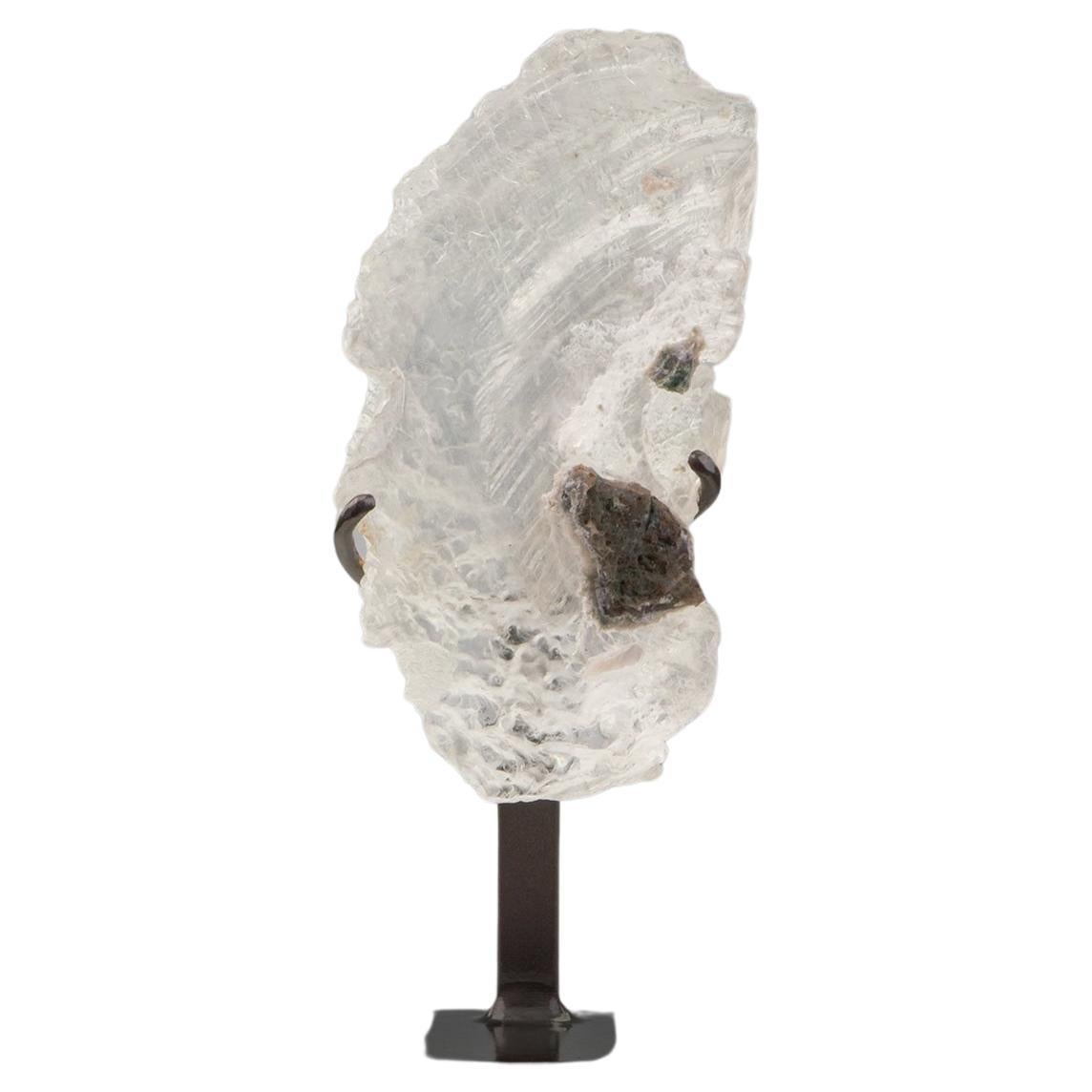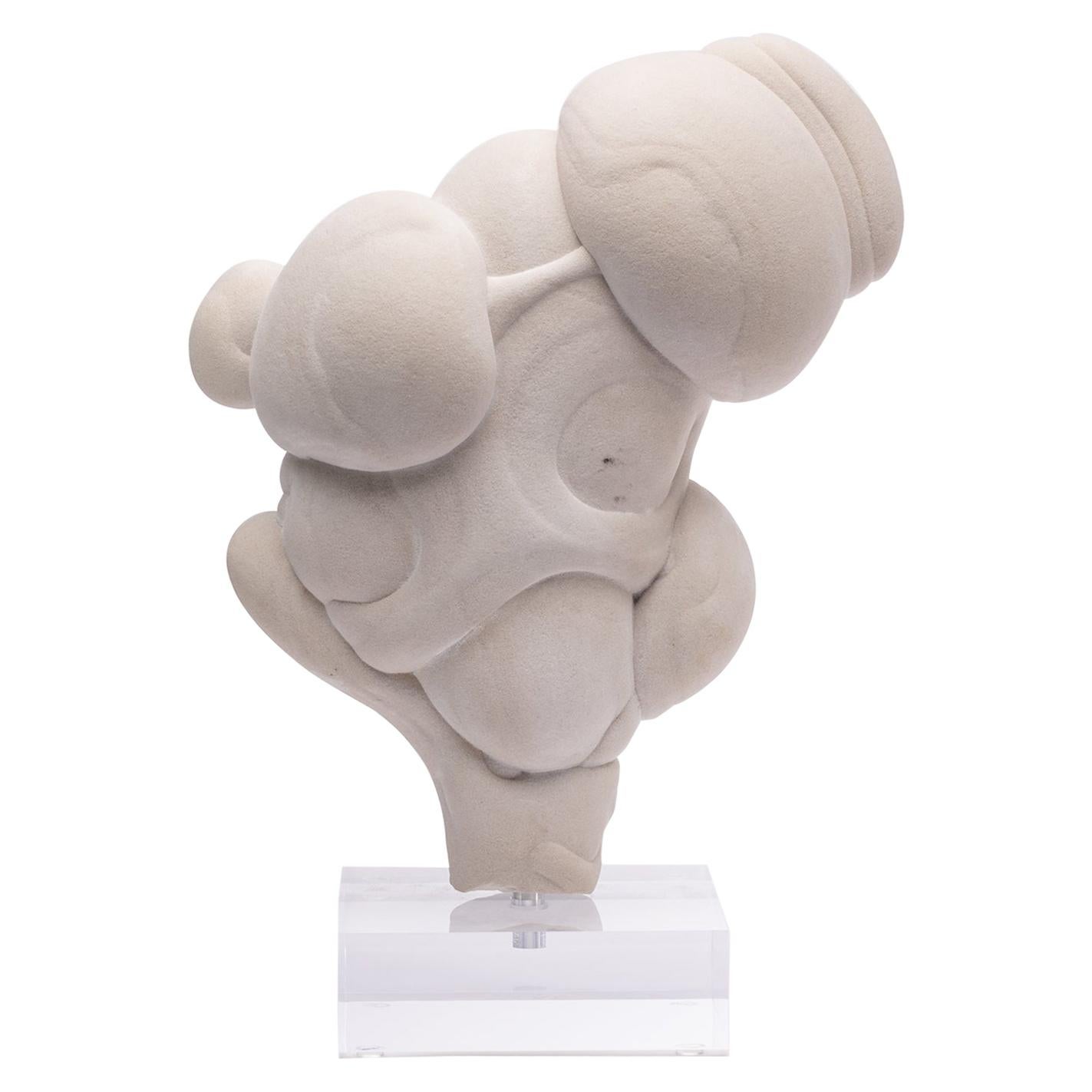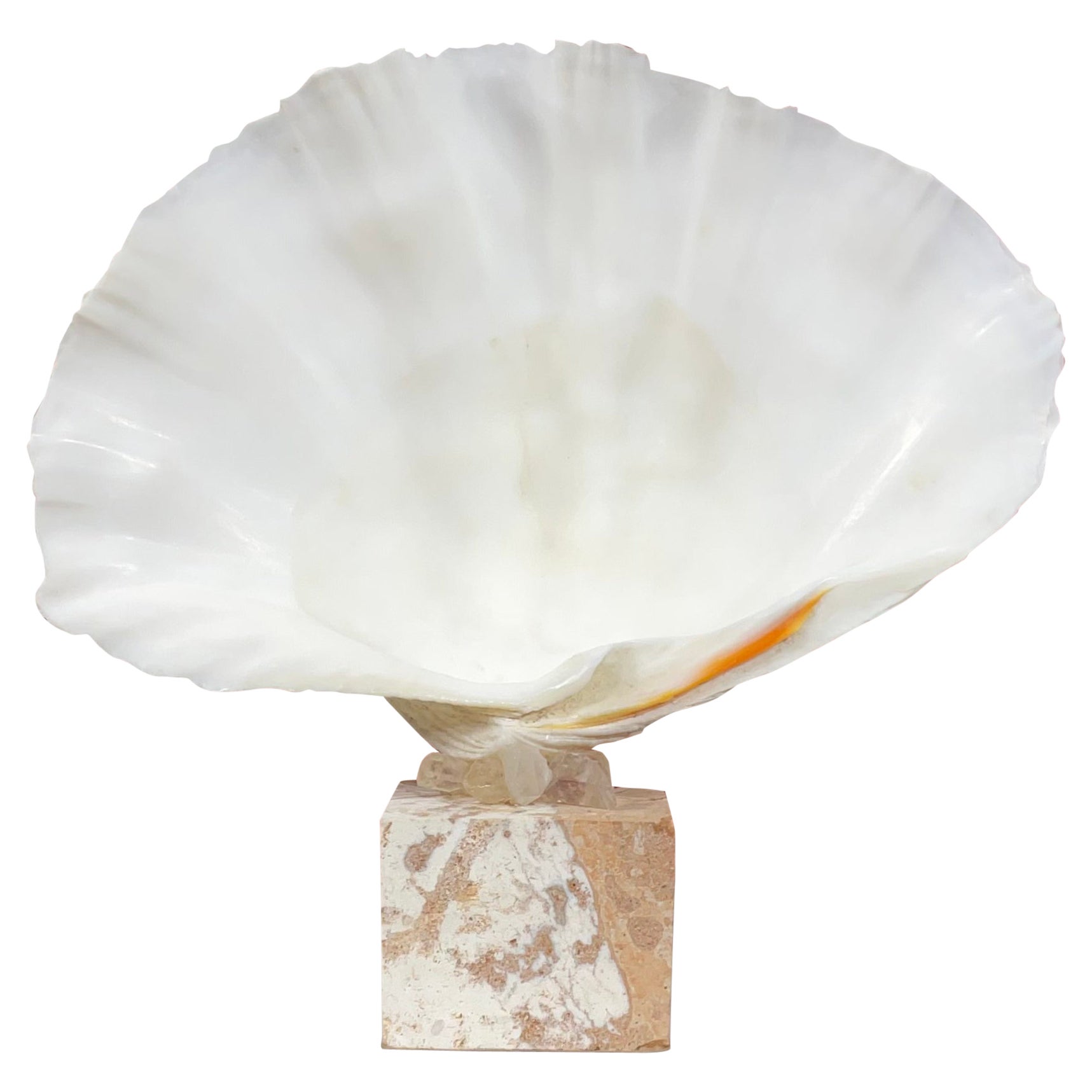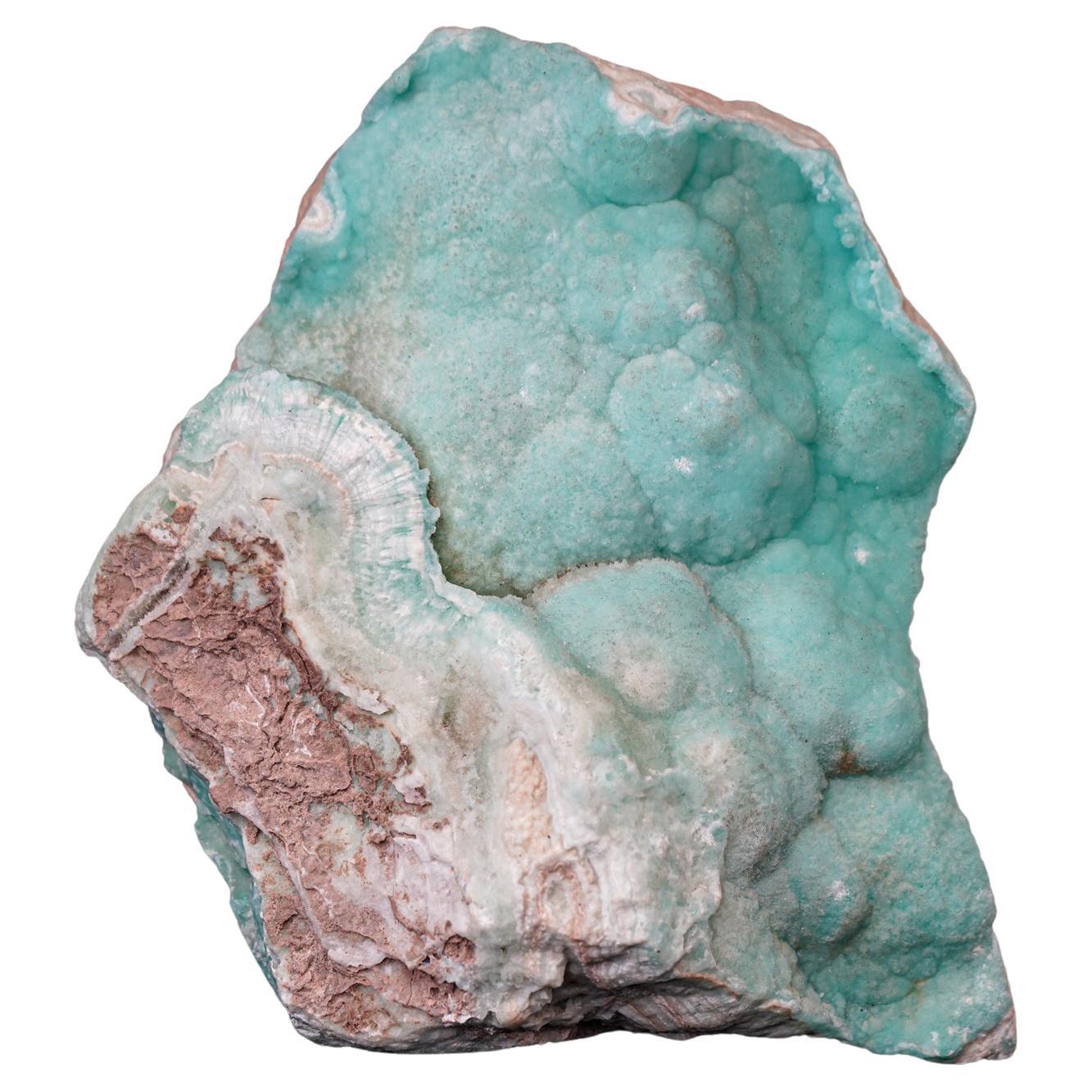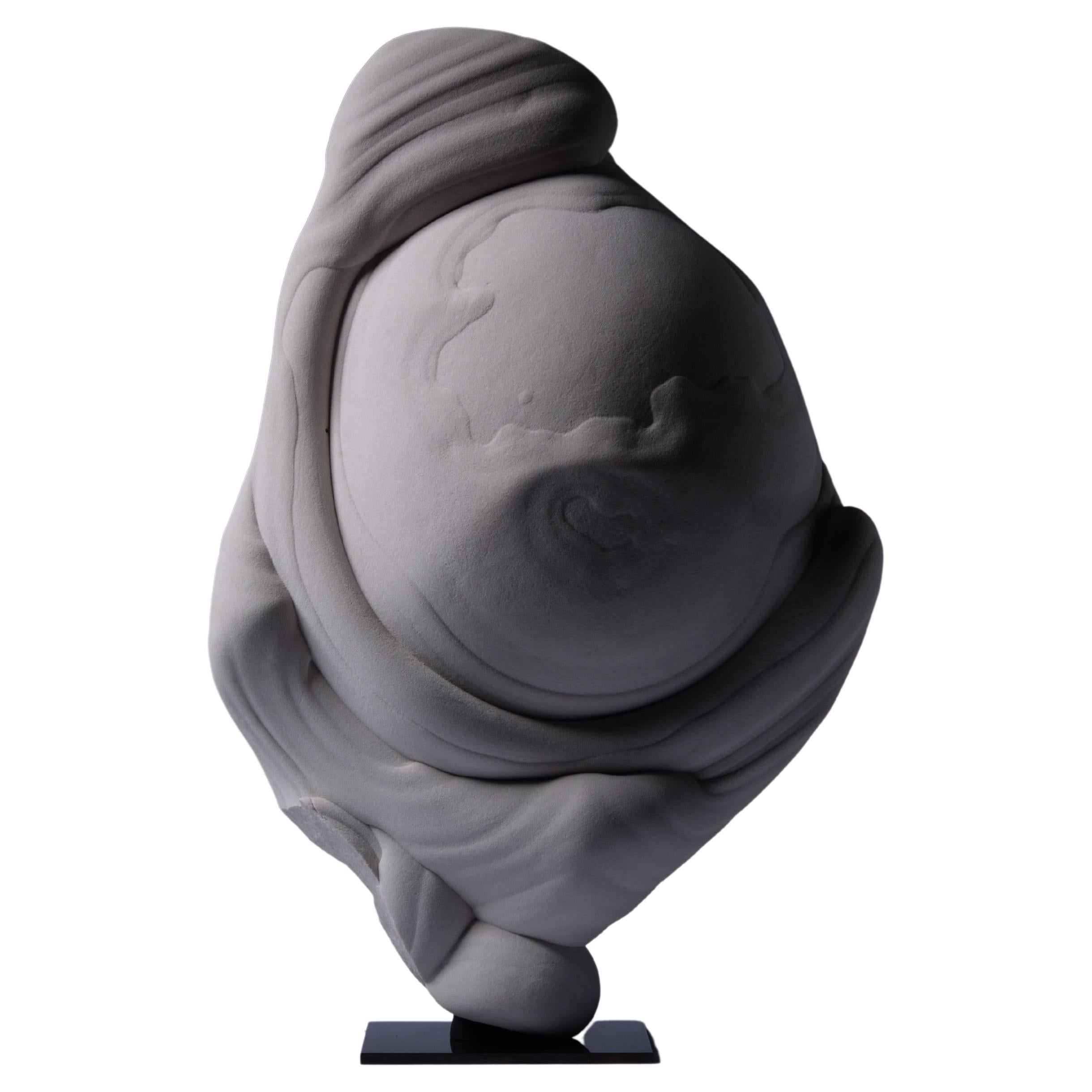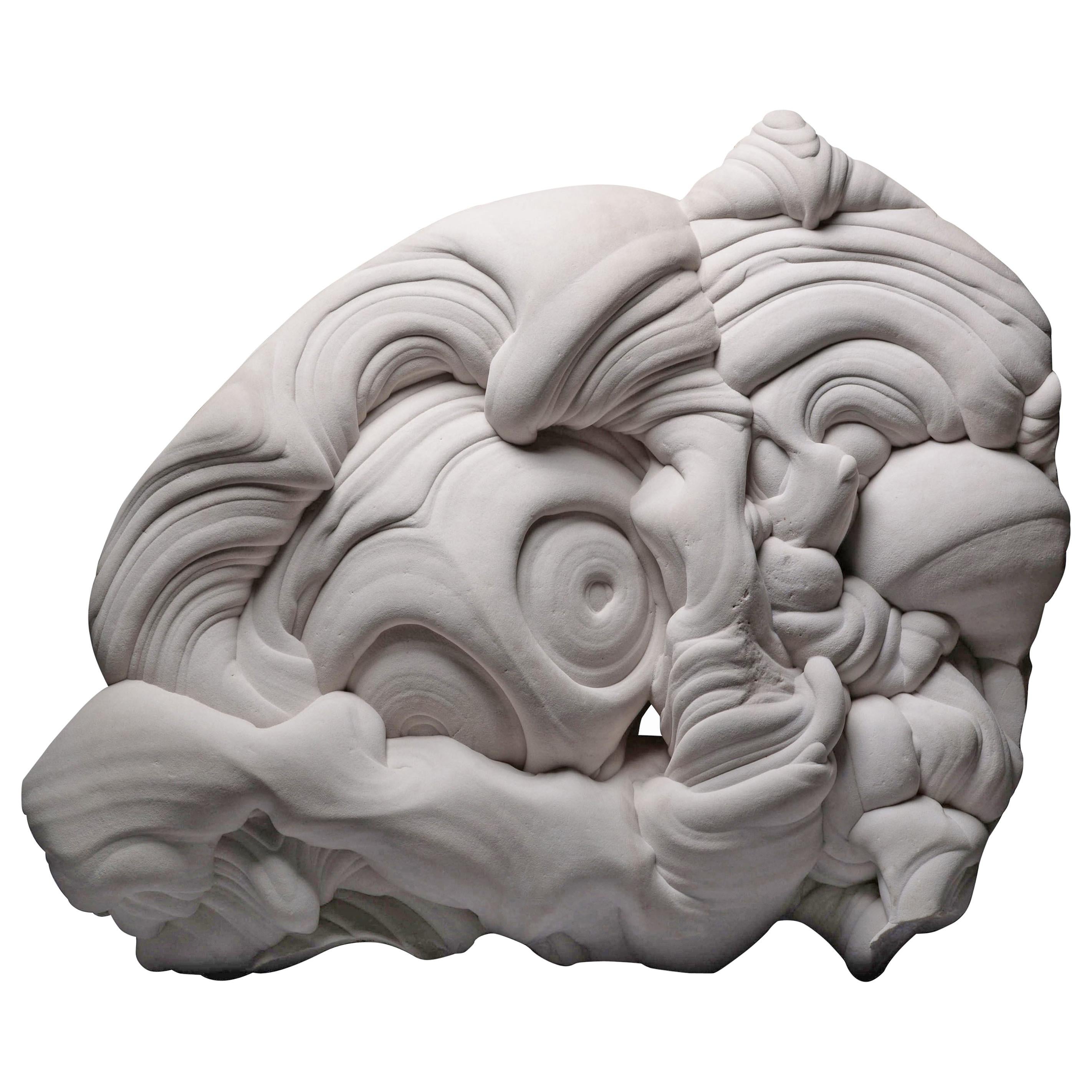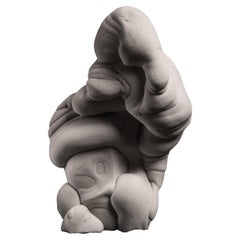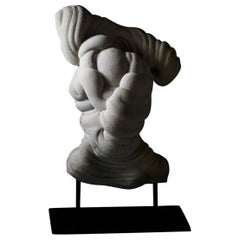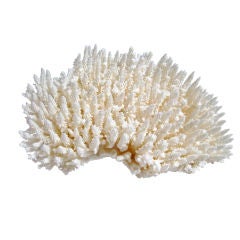
NATURAL CORAL FORMATION-TABLE VARIETY
View Similar Items
1 of 2
NATURAL CORAL FORMATION-TABLE VARIETY
About the Item
- Dimensions:Height: 7.5 in (19.05 cm)Width: 18 in (45.72 cm)Depth: 14 in (35.56 cm)
- Period:
- Date of Manufacture:Unknown
- Condition:Very good.
- Seller Location:St.amford, CT
- Reference Number:1stDibs: U0909217927710
You May Also Like
- Natural Gogotte FormationLocated in London, GBA magnificent example of a gogotte formation composed of thick swirls and folds of sparkling sandstone. Discovered in the Oligocene sand dunes of Fon...Category
Antique 15th Century and Earlier Natural Specimens
MaterialsSandstone
- Natural Gogotte FormationLocated in London, GBA magnificent example of a gogotte formation, composed of thick swirls and folds of sparkling sandstone. Discovered in the Oligocene sand dunes of Fontainebleau, France, formed circa 30 million years before present or later. The incredible, almost otherworldly appearance of gogottes may easily be mistaken for the work of a most talented artist. In fact, these sandstone sculptures are entirely natural in origin. They have been found in multiple locations but those from Fontainebleau, such as the present example, are the most remarkable. Thirty-five million years ago, a sea covered what is now the forest of Fontainebleau, and dunes of exceptionally Fine and homogenous sand formed. As silica-rich water filtered through this sand, it turned into stone. The flow of water finely modelled the sandstone into the forms we now know as gogottes. These are rare and are only found sporadically, several metres buried underground. They owe their sparkling white appearance to the extreme and unmatched purity of the Fontainebleau sand, sometimes reaching a composition of 99.9% silica. Each of them is unique – a masterpiece slowly fashioned by the hands of Nature. The name “gogotte” was coined by French geologist Claude Guillemin (1923- 1994), inspired by the children’s book series Babar the Elephant...Category
Antique 15th Century and Earlier French Natural Specimens
MaterialsSandstone
- Natural Impressive Gogotte FormationLocated in Pease pottage, West SussexA Gogotte Formation of natural torso like form, dating from the Oligocene period (30 Million years ago). Beguiling natural mineral formation, they ar...Category
Antique 15th Century and Earlier French Natural Specimens
MaterialsStone
- Natural Gogotte FormationLocated in London, GBA magnificent example of a gogotte formation composed of thick swirls and folds of sparkling sandstone. Discovered in the Oligocene sand dunes of Fontainebleau, France, formed circa 30 million years before present or later. The incredible, almost otherworldly appearance of gogottes may easily be mistaken for the work of a most talented artist. In fact, these sandstone sculptures are entirely natural in origin. They have been found in multiple locations but those from Fontainebleau, such as the present example, are the most remarkable. Thirty-five million years ago, a sea covered what is now the forest of Fontainebleau, and dunes of exceptionally fine and homogenous sand formed. As silica-rich water filtered through this sand, it turned into stone. The flow of water finely modelled the sandstone into the aesthetic concretions we now know as gogottes. These are rare and are only found sporadically several metres deep into the ground. They owe their sparkling white appearance to the extreme and unmatched purity of the Fontainebleau sand, sometimes reaching a composition of 99.9% silica. Each of them is unique – a masterpiece slowly fashioned by the hands of Nature. The intriguing name of “gogotte” was coined by French geologist Claude Guillemin (1923- 1994), who was inspired by the children’s book series Babar the Elephant. In one of the books, a group of monsters called Gogottes are shown hiding behind rocks. These rocks reminded Guillemin of the sandstone concretions...Category
Antique 15th Century and Earlier Natural Specimens
MaterialsOther
- Natural Antler CoralLocated in Dallas, TXNatural antler coral.Category
21st Century and Contemporary Paperweights
MaterialsCoral
$1,116 - Selenite FormationLocated in London, GBA wonderful, crescent shaped section of colourless, transparent Selenite. Selenite is formed from crystallised gypsum and has water like clarity with a fine lustrous surface. Th...Category
Antique 15th Century and Earlier Uruguayan Natural Specimens
MaterialsAgate, Amethyst, Quartz
